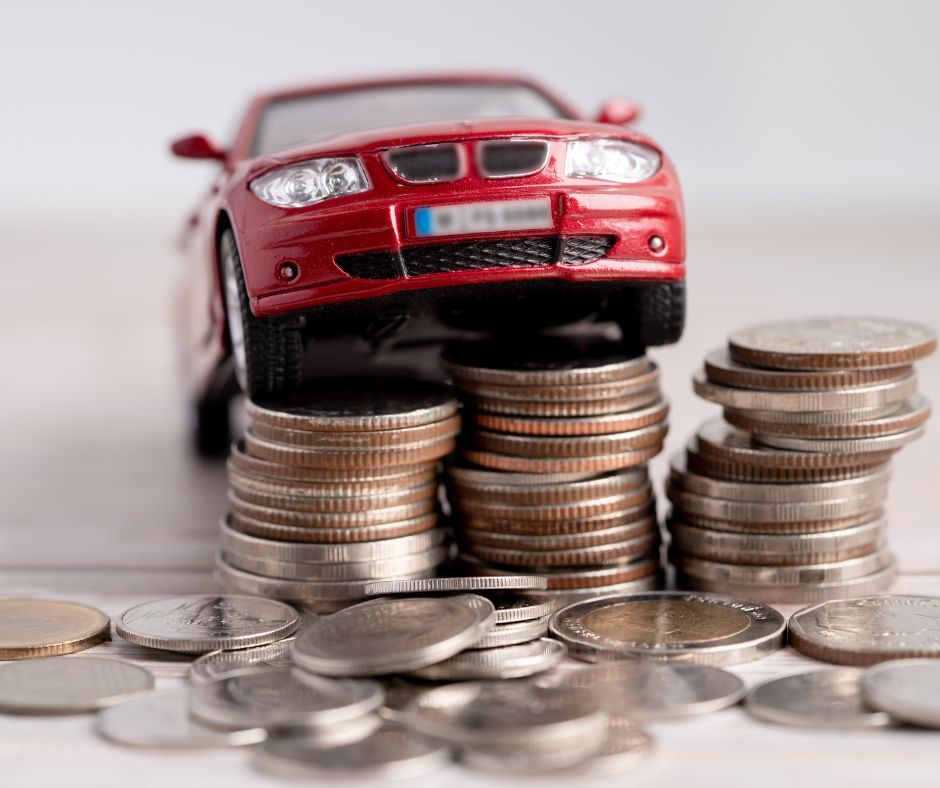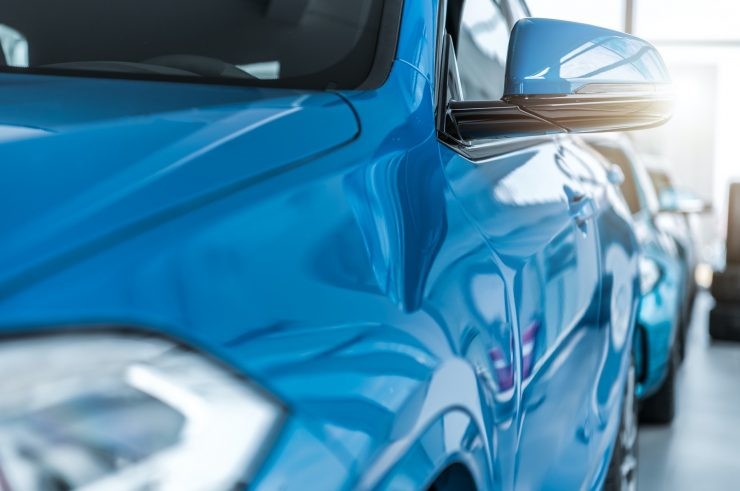Navigating Negative Equity in Car Finance: What You Need to Know

by AutoExpert | 6 September, 2024
Oh, the woes of negative equity in car finance—it's a reаl pain if you've ever thought about selling or swapping your car mid-finance. Basically, you're in negative equity when your car's mаrket value fаlls below what you still owe the lender. It's like being underwаter, but with your car!
So, when you sign up for a car finance deal, everything from your car's make and model to the chassis (yep, that includes the vehicle identification number) and registration number gets locked into your contract. What this means is you can't just swap out cars mid-agreement without starting a whole new finance deal. Kind of like being in a mobile phone contract but with a car.

Let's dive into why negative equity happens and what you can do about it:
What Drives You Into Negative Equity?
Car Depreciation: This is a biggie. The moment you start your finance agreement, your shiny new car starts losing its sparkle—and value. In the early years, it drops in value faster than you're paying it off. If it dips too fast, you're stuck with negative equity.
Loan Terms: Opting for a longer repayment period might seem like a good idea because hey, smaller monthly payments, right? But here's the kicker: it also means more interest piles up, slowing down how quickly you gain equity in your car (equity is the difference between the car's value and what you owe). If the car depreciates too quickly, you end up owing more than it's worth.

Initial Deposit: If you start with a small down payment, your loan balance starts off high. As your car's value decreases, especially if it drops quicker than your repayments, you hit negative equity territory faster.
Debt Rollover: Rolling old car debt into new car loans? It just adds to the problem, increasing the amount you owe without tackling the loss in your car's value. Lenders usually have rules to prevent this from happening too much.
Overpaying and Modifying Your Car: Paying above the odds for a car or adding mods that don’t boost its value can also lead you into negative equity. These choices might not help the car's resale value match up to what you owe.

Switching Cars Too Soon: Jumping into a new car before your loan term ends can backfire if you didn't put down a decent deposit. Early on, your payments chew through more interest than principal, so if you switch too early, your repayments haven't had enough time to balance out the car's depreciating value.
Payment Hiccups: Miss a payment or only make a partial payment? Your loan balance decreases slower than it should. If your car's value continues to drop, your debt remains high, and any late fees or extra interest only worsen the situation.
Accidents and Insurance Gaps: If an accident writes off your car and the insurance payout (based on the car's market value right before the accident) doesn't cover what you owe, hello negative equity. This happens because insurance covers the car's current value, not the outstanding loan.

Different Finance Plans and Their Impact
Hire Purchase (HP) and Conditional Sale (CS): These are pretty straightforward. You pay a deposit, then fixed monthly payments. In HP, you own the car after a final small fee; in CS, it's yours after the last payment. Both plans are less risky for negative equity because your payments steadily chip away at the loan balance, in line with the car's value.
Personal Contract Purchase (PCP): PCP offers lower monthly payments, but then hits you with a big balloon payment at the end if you want to own the car. This setup means you're mostly covering the car's depreciation during the term, leading to a bigger risk of negative equity if the car's end-term value is less than expected.

Navigating through negative equity can be manageable with the right knowledge and planning. Understanding the different finance options, the causes of negative equity, and potential solutions can set you up for financially savvy car ownership.

















